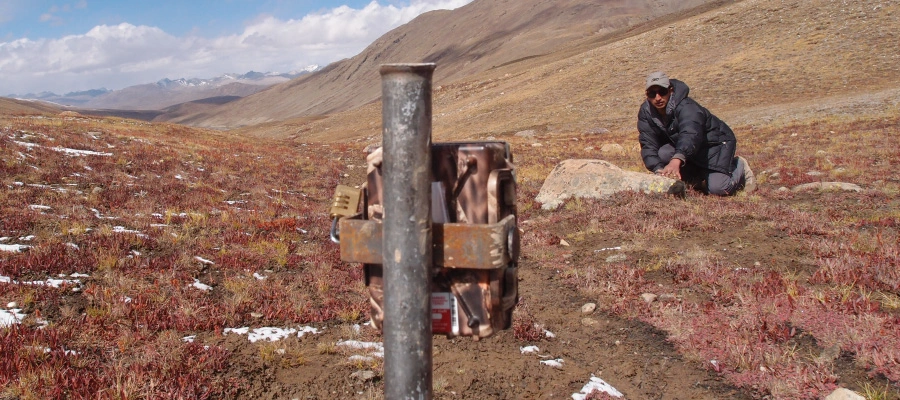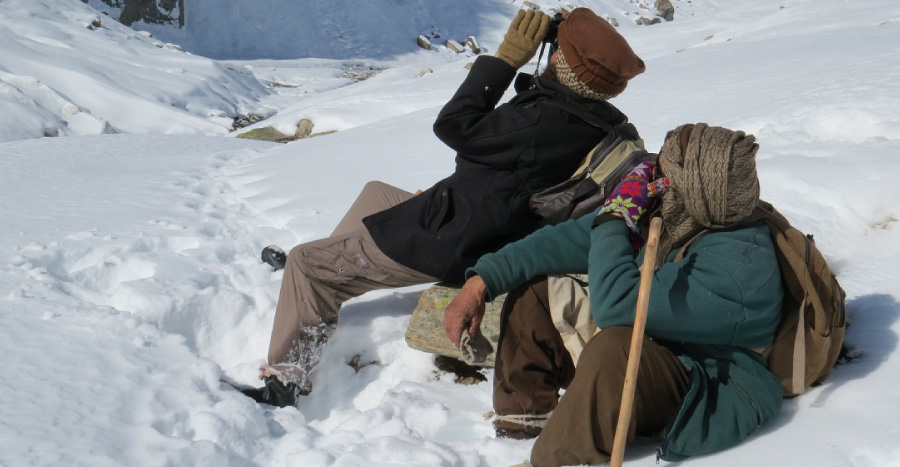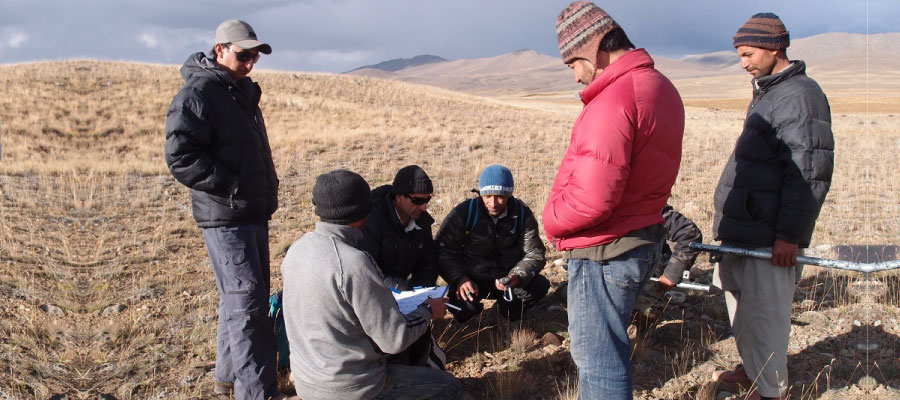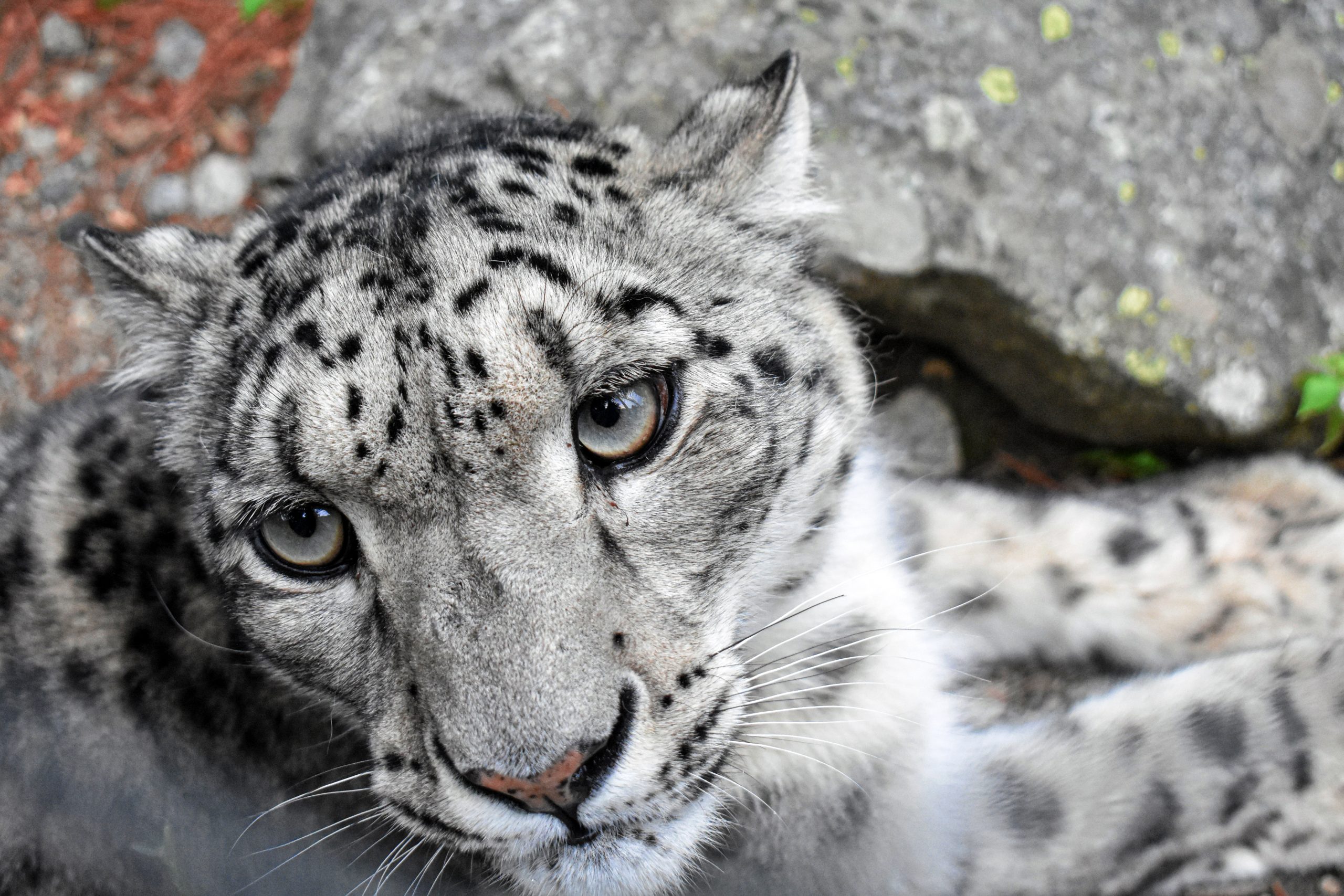Research and Monitoring
Objective-oriented research is a focus of SLF to gather critical information required for the conservation and management of the snow leopard, symmetric species, and their habitats. This includes assessing the population of snow leopards, other carnivores, and their prey base, determining suitable habitats, assessing levels of human-wildlife conflict, and identifying potential opportunities for conservation programs. The extensive research conducted over 40,000 square kilometers from 2006 to 2023 stands out for its groundbreaking scope and methodologies in ecological studies. Central to this effort has been the use of trail cameras to document rare and elusive wildlife in mountainous regions, significantly enhancing our understanding of their habitats and distributions. This work is particularly vital in light of the ongoing global environmental crisis, as it sheds light on the impacts of climate change on biodiversity. Insights into species’ adaptability and ecological roles have been key outcomes. Additionally, the research has delved deeply into the conflicts between humans and local carnivore species, leading to a better understanding of these interactions and proposing effective strategies for promoting coexistence in these sensitive ecosystems. This comprehensive approach not only advances scientific knowledge but also offers practical solutions for wildlife conservation in the face of environmental challenges.
Understanding Species Occurrence and Occupancy
The occupancy surveys are considered reliable in scientific circles for being statistically robust and cost-effective in long-term monitoring of a species. This technique proves significant when dealing with threatened species like the iconic snow leopard. Since its inception in 2008, SLF has been involved in obtaining data through occupancy based on sign tracks using Snow […]
GIS and Remote Sensing in SLF conservation projects
GIS & Remote Sensing technologies are a very effective tool used by SLF for managing, analyzing, and visualizing wildlife data in order to target areas where conservation practices are needed. Habitat geospatial analysis is an important key to understand the population and health of species in the wild. Monitoring change in wildlife habitats is feasible […]
Population Assessment of Snow Leopards
To study snow leopards that are shy and elusive species, camera trapping is the most favored non-invasive method. Motion-trigger cameras are deployed at various locations in the study area using scent-based lures to maximize the visits of targeted species. Photographs obtained from these camera traps are then further studied to reach deductions. SLF has established […]
Human-Carnivore Conflict
For centuries, snow leopards and human populations have co-existed in the mountainous terrains of Central and South Asia. The natural habitats of snow leopards, therefore, are multi-use landscapes where agro-pastoral communities have grazed livestock for millennia. When communities lose their livestock to large carnivores such as the snow leopard resulting in great financial loss, a […]



